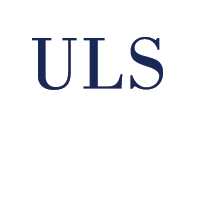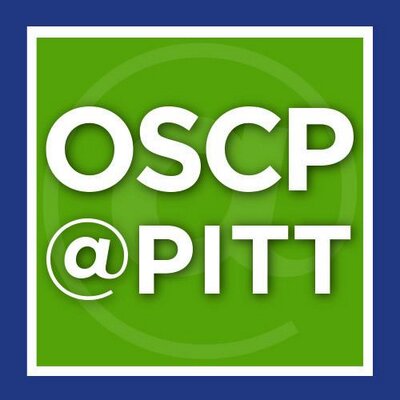Wadsworth, Curtis Carl
(2003)
The Significance of Host Factors in Mycobacteriophage Lysogeny.
Doctoral Dissertation, University of Pittsburgh.
(Unpublished)
Abstract
Lysogeny is a defining feature of temperate bacteriophages. Temperate bacteriophages are able to establish lysogeny by integrating into the host chromosome or extrachromosomally, as a plasmid-like prophage in the host cytoplasm. In either case, host factors are involved in both the establishment and maintenance of lysogeny. Mycobacteriophage L5 forms an integrated prophage through the action of a phage-encoded tyrosine recombinase. L5 integrase (Int) binds to the phage attachment site, attP, and the bacterial attachment site, attB. Int binds attP bivalently by binding to the core, where strand exchange occurs, and to arm-type binding sites that flank the core. A host-encoded DNA binding protein, mIHF, is required for recombination and binds between the core and arm-type binding sites of attP. mIHF is thought to catalyze the bending of attP required for bivalent binding between the core and arm-type binding sites. attP core consists of a seven base pair overlap region flanked on either side by imperfect inverted repeats that make up the recombinase binding elements or RBEs. The RBEs were shown to be essential for core binding by creating attPs with mutations in the RBEs. When both of the RBEs are mutated Int can neither perform recombination, nor create specific complexes that involve core binding. When the right side RBE is wild type with mutant left side RBE, recombination can occur, and complexes involving core binding are observed. However, Int is unable to catalyze recombination when the left side RBE is wild type and the right is mutated, indicating that contact must be made with attP on the right side of core for a stable Int/attP core complex to be formed. The middle domain connects the two outer domains, but its function in recombination is not well understood. To determine the function of the middle domain, mutations were made at conserved residues in the middle domain of Int, and these mutants were characterized. These mutants are able to catalyze recombination, but do not form the recombinagenic complexes observed by wild type Int. Increasing the mIHF concentration in these reactions augments the recombination efficiency and stabilizes recombinagenic complexes that involve Int/core binding.
Share
| Citation/Export: |
|
| Social Networking: |
|
Details
| Item Type: |
University of Pittsburgh ETD
|
| Status: |
Unpublished |
| Creators/Authors: |
| Creators | Email | Pitt Username | ORCID  |
|---|
| Wadsworth, Curtis Carl | cuwst1@pitt.edu | CUWST1 | |
|
| ETD Committee: |
|
| Date: |
12 March 2003 |
| Date Type: |
Completion |
| Defense Date: |
22 November 2002 |
| Approval Date: |
12 March 2003 |
| Submission Date: |
16 December 2002 |
| Access Restriction: |
No restriction; Release the ETD for access worldwide immediately. |
| Institution: |
University of Pittsburgh |
| Schools and Programs: |
Dietrich School of Arts and Sciences > Biological Sciences |
| Degree: |
PhD - Doctor of Philosophy |
| Thesis Type: |
Doctoral Dissertation |
| Refereed: |
Yes |
| Uncontrolled Keywords: |
Host Factor; L5 Integrase; Lysogeny; mIHF; Mycobacteriophage |
| Other ID: |
http://etd.library.pitt.edu:80/ETD/available/etd-12162002-131450/, etd-12162002-131450 |
| Date Deposited: |
10 Nov 2011 20:11 |
| Last Modified: |
15 Nov 2016 13:54 |
| URI: |
http://d-scholarship.pitt.edu/id/eprint/10383 |
Metrics
Monthly Views for the past 3 years
Plum Analytics
Actions (login required)
 |
View Item |








